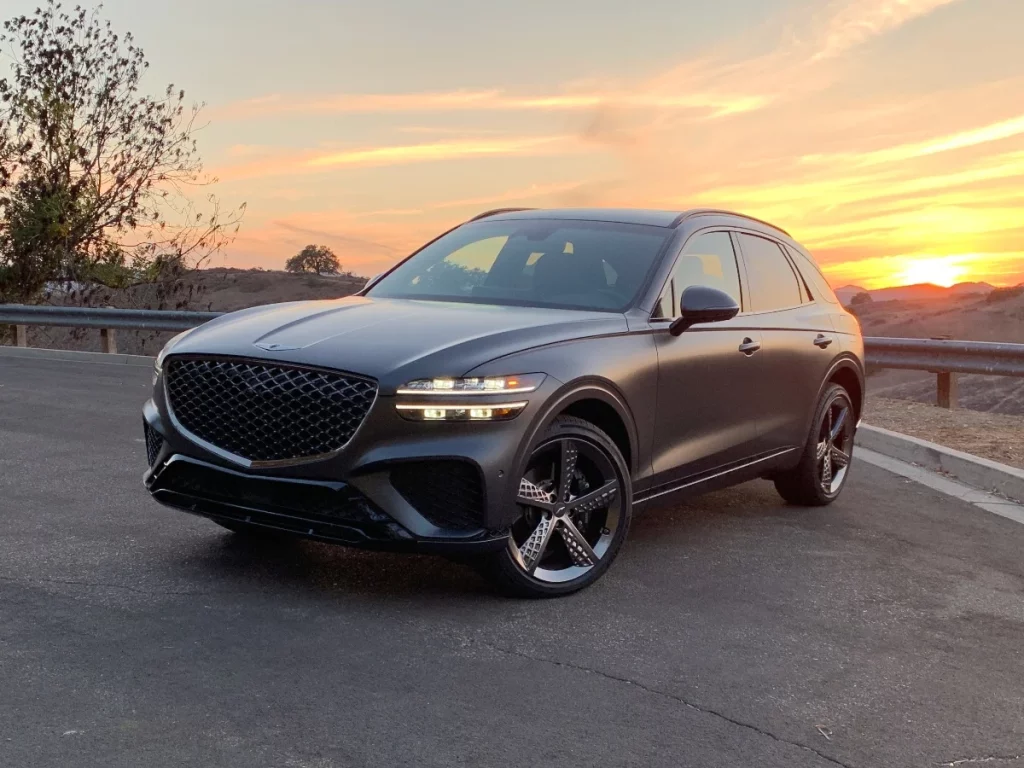
For drivers and fans around the world, speed is the main attraction. And the same goes for almost all motorsport series.
Competition, talent, victory and heartbreak keep fans coming back for more, but the sheer adrenaline of following the cars as fast as possible is perhaps the most intoxicating element of them all.
Different series have very different top speeds depending on power, aerodynamics and technology. The commitment of individual drivers – figuring out how to brake as late as possible – also plays an important role.
Then you have to consider the nature of the track itself: Le Mans is a very different perspective to the Monaco Grand Prix, just as the Indy 500 is worlds apart from the Monte Carlo Rally.
So how do the different series compare?
Formula 1
This may seem slow considering their top speed, but since a large part of their speed comes from aerodynamics (which works better the faster the car is), they can’t unleash full power when stopped.
Valtteri Bottas currently holds the record for the fastest speed in an F1 race, reaching 372.5 km/h (231.4 mph) at the Mexican GP 2016. While that is certainly fast, F1 cars are not, they are indeed the fastest single seater cars. : This accolade goes to IndyCar. Although F1 is not as fast on the straight, the series’ focus on downforce and cornering speed means that F1 cars tend to be faster throughout the lap.
Both F1 and IndyCar compete at the Circuit of the Americas, and at its first appearance at the track in 2019, IndyCar had a pole time of 1m46.018s and an average speed of 186.349km/h. At the same time, Valtteri Bottas’ F1 pole time in 2019 was 1h32.029s and the average speed was 206.374km/h.
Although 372.5 km/h (231.4 mph) is the set top speed during a race, the top speed of an F1 car is much higher. This record is held by Honda, who took their RA106 to the Bonneville Salt Flats in the United States, a famous high-speed racing venue, in an attempt to break 400 km/h. They were unsuccessful, but reached a top speed of 397.36 km/h (246.9 mph) to achieve the top speed in an F1 car.
Indycar
IndyCars have achieved some of the fastest top speeds in motorsport, reaching 380 km/h at the end of some straights. While this is more than has ever been achieved in F1, IndyCar usually takes a bit longer to reach this speed.
IndyCar’s top speeds are achieved on the largest oval highways where the cars travel with minimal traction. In 2020, Marco Andretti secured the pole position in the Indy 500 with an average speed of 231.351 mph (327.32 km/h) over four laps, although this is far from the record: Aerie Luyendyk recorded an average speed of 236.986 mph (381.391 km/h). h) Qualifying for the 1996 Indy 500, his four-lap time of 2:31.908 remains unmatched.
IndyCars use more downforce on street tracks and street courses, and while this makes them go faster in the tighter corners of these tracks, their top speed naturally decreases. Will Power won the Honda Indy 200 at Mid-Ohio in 2020, with the Australian driver averaging 113.978 mph over the 90-minute race; far below what you would see in the oval.
MotoGP
Jorge Martin holds the MotoGP top speed record in an official session, reaching 363.6 km/h at Mugello in the 2022 Italian GP on a Ducati Pramac. It surpassed the previous top speed of 362.4 km/h set by Johann Zarco at the Losail International Circuit in FP4 at the Qatar GP 2021. MotoGP is significantly faster than the Moto2 and Moto3 classes, which have a top speed of over 295 km/h. 245 km/h respectively.
Like F1, MotoGP bikes can accelerate from 0 to 100 km/h in around 2.6 seconds, but the engines take slightly longer to reach 300 km/h, at around 11.8 seconds from a standstill. Once again, F1’s cornering speeds give it a significant advantage even at circuits with few corners: Valtteri Bottas’ pole time of 1m02.939s in qualifying for the 2020 Austrian GP was well ahead of Maverick Vinales’ MotoGP pole time of 1m23.450s in the same year.







